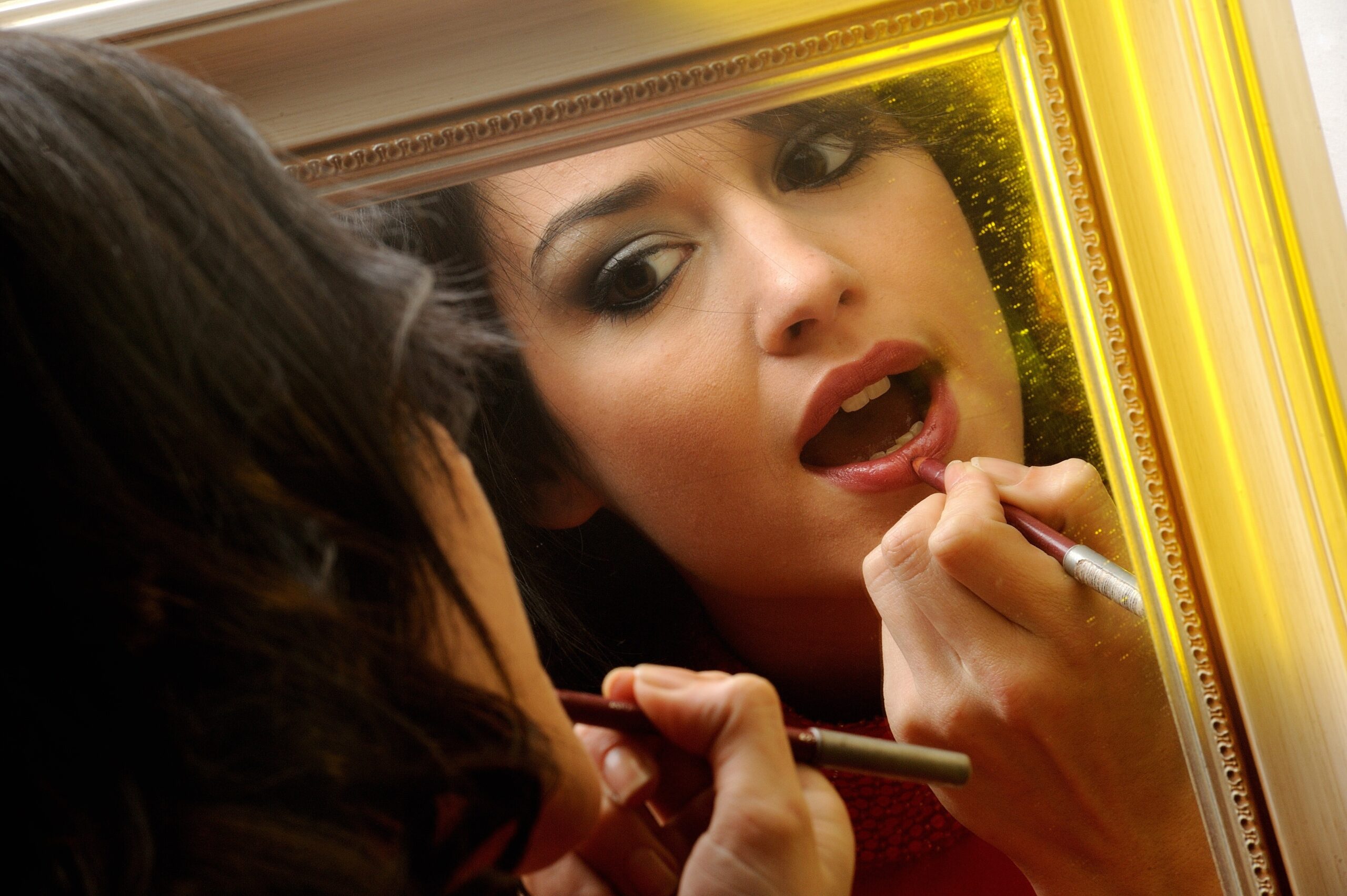
A woman worried about her appearance in front of a mirror ©BelgaImage
Did you think that only women really care about their image? So think again! As a large study published in the journal Evolution and Human Behavior shows, concern about one's appearance is a common problem for both genders. Everyone devotes almost four hours to this task, with the difference between men and women being minimal (the fairer sex devotes only 23 minutes more). And it's not the fault of any culture or country! The study, carried out by an international team of scientists and considered one of the largest intercultural studies of all time, included 93,158 nationals from 93 countries. Instead, they noticed other very interesting nuances to learn more about humanity's relationship with beauty.
Worrying about your image, “a universal phenomenon”
On a global level, there are few people who don't care about their appearance. Only 0.003% of respondents said they do nothing to improve their appearance, and 1% believe they devote no more than 10 minutes a day to this task. In both cases, one gender does not appear to be overrepresented compared to the other. “From this we conclude that beauty behavior is a universal phenomenon“, note the researchers.
A phenomenon that doesn't surprise her. Studies had already shown that individuals are more attractive “are often treated more positively, preferred as potential partners and friends, perceived as healthier and more competent, more likely to be hired for jobs and earn tips and higher wages, are more popular with both athletes and politicians, and report higher psychological well-being and lower levels of stress and depression“In short, making yourself look good is serious business!
The strategies of each gender for finding a partner
However, men and women differ in their methods of caring for themselves. For example, the former do more physical exercise than the latter. According to scientists, this is related to the idea “ancestral“that men’s abilities and strength are related to their physical fitness and therefore their greater attractiveness.”Lean muscle mass is also associated with more sexual partners“, they state.
For the fairer sex, the study finds behavior that would be specific to them and is presented in the form of a U-shaped pattern. Young adults, who are more likely to be looking for new partners, spend more time improving their appearance. People in their 40s prefer to pursue other activities. But once you cross the 60-year mark, concerns about hiding the signs of age take over and the amount of time devoted to appearance begins to increase again. Men are lucky: Overall, their image is considered less age-related, which is why this U-shaped pattern cannot be found on them.
Another fascinating point: the importance of marital status. On average, people are looking for new partners”spend more time improving their appearance than single people (an average of 24 minutes more per day), married people (26 minutes more) and people in relationships (29 minutes more)“.”The results challenge previous assumptions about improving appearance as a tactic for retaining existing partners“, emphasize researchers who relativize the importance of sexual competition and social prestige.
The importance of stereotypes
Other findings from this study include the fact that women from countries where gender equality is lower are more concerned about their image. The article even notes that this effect is particularly “important” at the individual level (more so than at the national level). This is because women in these more traditional contexts have to make greater efforts to live up to the stereotypes attached to them. They are then more likely to resort to invasive procedures, especially to increase breast volume.
Even men are not spared the influence of stereotypes. When they feel the influence of a more conservative environment, they may spend more time developing the upper body muscles traditionally associated with masculinity. “A muscular body may be less important for men who do not conform to stereotypical gender roles,” the researchers write.
Overall, people from less egalitarian countries spend almost an hour and a half more improving their attractiveness, whether with men or women, and this number may be even higher when stereotypes are found at the individual level. It also seems that people from more collectivistic countries like South Korea follow beauty regulations more vigorously. Coming from a more individualistic country has less influence on the final result.
Social networks, health status, socioeconomic level, etc.
Researchers note a number of other factors. For example, media presence plays a fundamental role. In fact, it appears that social media use is the most important predictor of an increase in time spent worrying about one's image. Television also has a significant influence. Stress, depressive symptoms, and body dissatisfaction increase when exposed to images of models, photoshopped people, and beauty product advertisements. However, it is also possible that people who are interested in their image are, conversely, more interested in social networks.
People with more severe histories of infectious diseases also spent slightly more time worrying about their physical appearance, particularly for men. This could either be related to their efforts to hide imperfections (e.g. skin condition) or the fact that they take longer than others to prepare (e.g. men can start applying make-up, although more difficult than women) .
The study concludes that men spend more time improving their beauty when their socioeconomic status is higher, while women do so especially when their education level is lower. The same applies to people with right-wing political beliefs (but only among women). Furthermore, socioeconomic status, level of education and political beliefs have very little influence.

